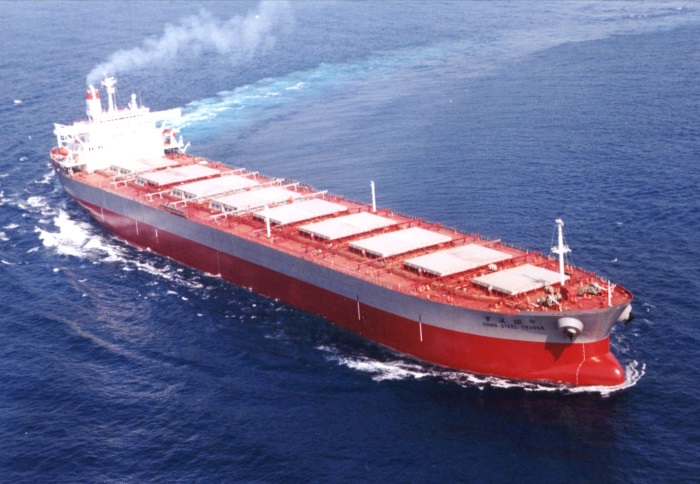
A new market could be emerging for dry bulk shipping. While it may not be large enough to alter trade flows significantly, it has the potential to inject much-needed momentum into the freight market. According to shipbroker Intermodal’s latest weekly report, the global iron ore market is navigating a turbulent landscape in 2025, influenced by subdued demand conditions. Although China’s iron ore imports—representing 75% of global imports—are forecasted to contract by 2% in 2025, there’s a modest recovery in sight. This anticipated decline is expected to result in an overall marginal contraction of 0.8% in global iron ore trade for 2025, with a flat outlook extending into 2026.

Source: Intermodal
According to Intermodal’s Senior Analyst, Mr. Nikos Tagoulis, the supply landscape is set to evolve with the introduction of Guinea’s Simandou mine. This project, expected to commence shipments by late 2025, offers high-grade iron ore with the potential to ramp up production to between 95–120 million tons annually, accounting for roughly 6-8% of total global exports. Coupled with this, Brazil’s iron ore exports are projected to achieve a record 400 million tons in 2025, marking a 3% year-on-year increase, primarily driven by the S11D (Serra Sul) project—one of the world’s largest mining initiatives. The high-quality iron ore from Brazil, boasting an iron content of 65-68% Fe, significantly exceeds the global average of approximately 62%. This influx of superior iron ore from Brazil and Guinea may exert considerable pressure on less competitive producers, particularly those providing lower-quality ore or those burdened with higher operational costs.

Moreover, Mr. Tagoulis notes a significant infrastructure investment initiative in Vietnam that could positively impact the iron ore trade and the broader dry bulk sector. Announced in August 2025, this ambitious program encompasses 250 projects across 34 provinces, with an estimated budget of $50 billion. The initiative aims to enhance various sectors, including transportation, urban development, education, and research facilities. Of particular note is the focus on transportation, which involves 59 projects. This strategic investment in infrastructure—covering airports, bridges, and national roads—is expected to improve both domestic and international connectivity, streamline logistics processes, and reduce transportation costs. As a result, Vietnam is positioned to bolster its role as a key logistics hub, with a government-set GDP growth target of 6.5% to 7.0% for 2025, and even more ambitious targets for the 2026-2030 period.

Source: Intermodal
The noteworthy infrastructure program in Vietnam is anticipated to considerably benefit the seaborne iron ore trade and the dry bulk sector as a whole. The large-scale projects mandated by this program will require substantial quantities of steel and other materials, making iron ore inflows critical for their successful implementation. Forecasts indicate that Vietnam’s iron ore imports will surge by nearly 50% year-on-year, increasing from 18 million tons in 2024 to a record high of 27 million tons in 2025. This upward trend is projected to continue, with estimates reaching approximately 31 million tons in 2026. This robust demand from Vietnam is expected to bolster overall Indo-Pacific imports, which are forecasted to grow by about 5% to 239 million tons in 2025, with another anticipated increase of 3.7% to 248 million tons in 2026, according to Intermodal.
In summary, while Vietnam’s growing demand for iron ore may not dramatically shift the overall global iron ore market’s supply-demand balance, it is anticipated to provide vital support and fresh momentum to trading flows. The ongoing strategic investments in infrastructure elucidate Vietnam’s emergence as a pivotal player within the regional trade and shipping landscape.